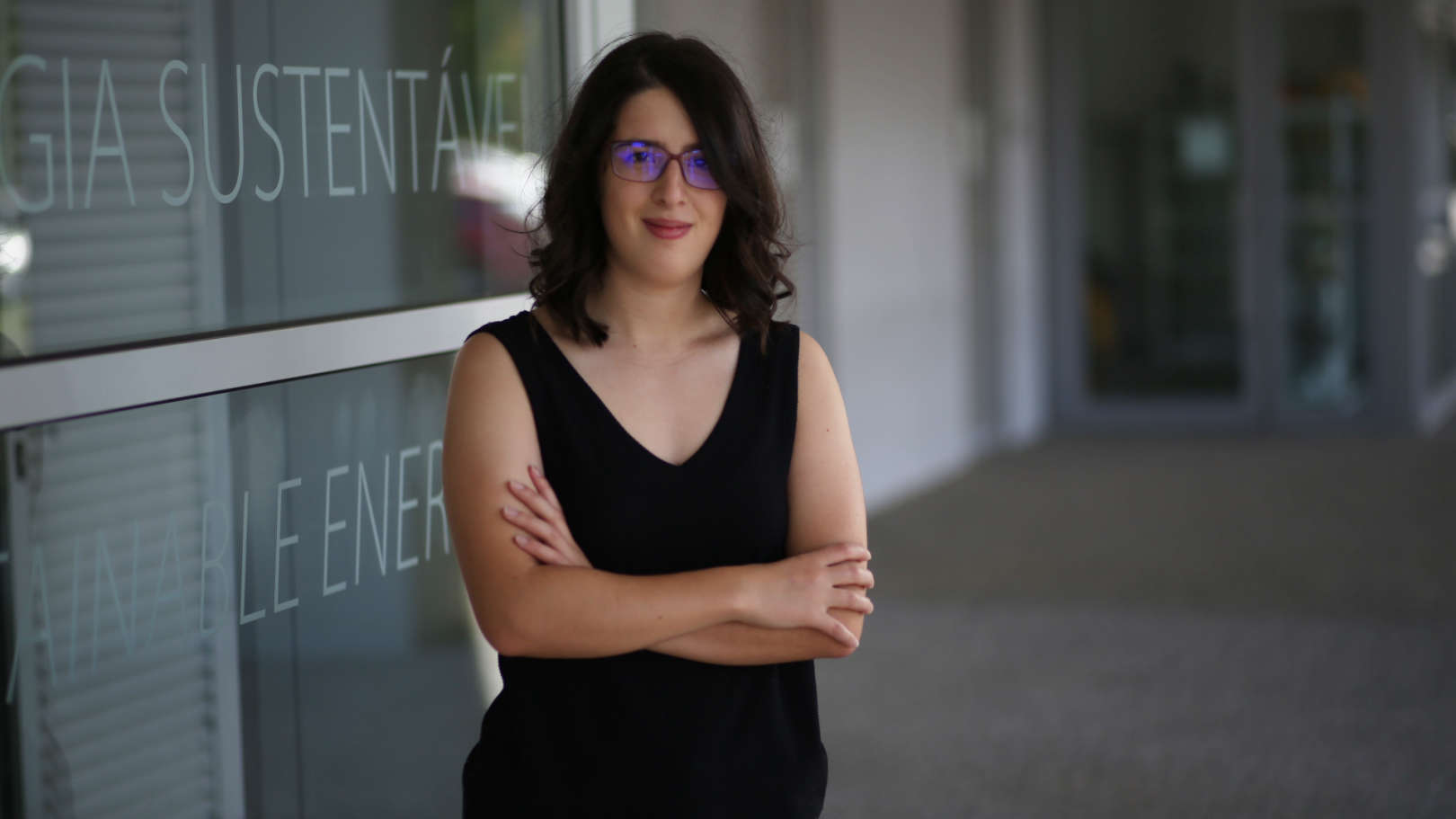About
Isabel Rio-Torto received the master's degree in Electrical and Computers Engineering in 2019 from the Faculty of Engineering of the University of Porto (FEUP). Isabel is currently a research assistant at INESC TEC, associated with the Visual Computing and Machine Intelligence Group (VCMI), and a Ph.D. student in Computer Science from the Faculty of Sciences of the University of Porto (FCUP). Isabel is also an Invited Teaching Assistant at FEUP, teaching programming courses. Her work is currently focused on "Self-explanatory computer-aided diagnosis with limited supervision".


